Bryston 2B Power Amplifier repair - Hints and Lessons LearnedPurpose:* To share my experience repairing an early series of the Bryston 2B power amplifier.
Equipment: * Bryston 2B stereo amplifier, serial number 2930.

Figure 1: Bryston 2B front view after repairs -
photo taken February 2023.Background:* This 2B power-amp was manufactured 1978 which I purchased new in February 1979 from Dave Ross Stereo in Kingston, Canada. Overall, I was very pleased with the performance of this power amplifier throughout several years of worldwide assignments, faultless operation even in harsh climates.
* Although it was in full working condition, sadly I had to put my 2B into storage in 2001 due to a shortage of living space.
* Early 2022 brought my 2B out of storage and powered it up for the first time in 20 years, however the left channel was completely dead. As the 2B's components are easy to access decided to attempt repairing it.
Diagnosis of Left Channel: * Glass cartridge fuse 3.15A / 30 mm blown.
* Twin electrolytic capacitors Mallory 6,000 uF / 40 VDC (Fig. 2) measured 3,200 uF and 5,000 uF.
* Power transistor Motorola NPN 2N3773 Emitter-Collector measured short-circuit.
* Power transistor Motorola PNP 2N6609 Base-Emitter measured open-circuit.
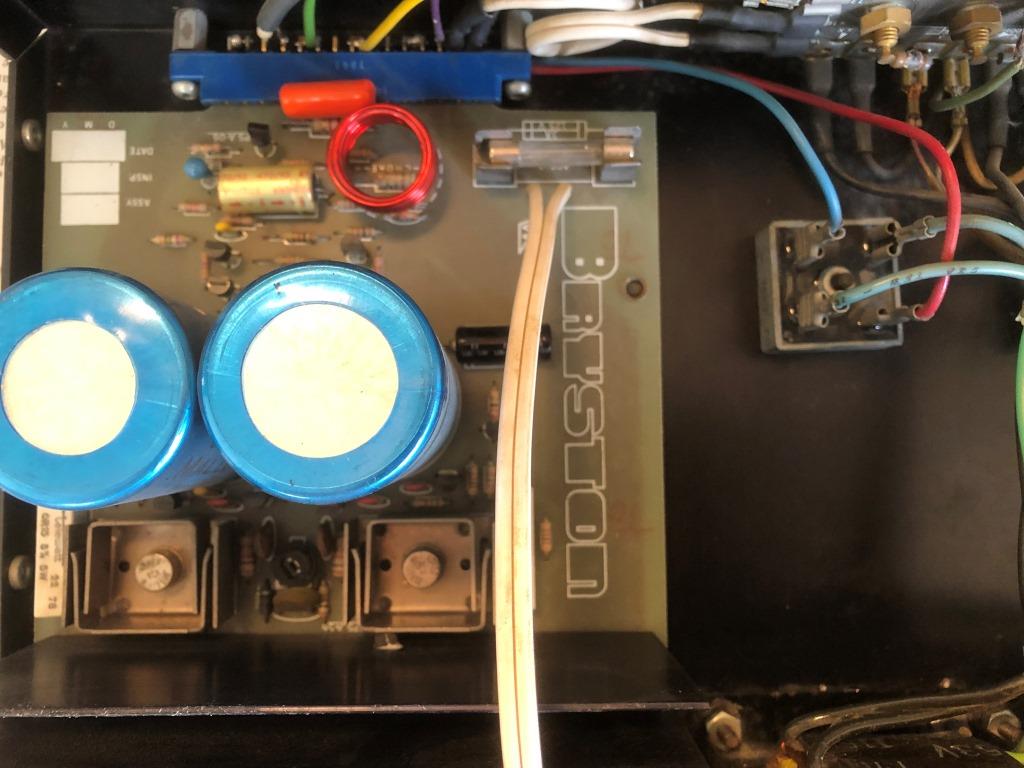
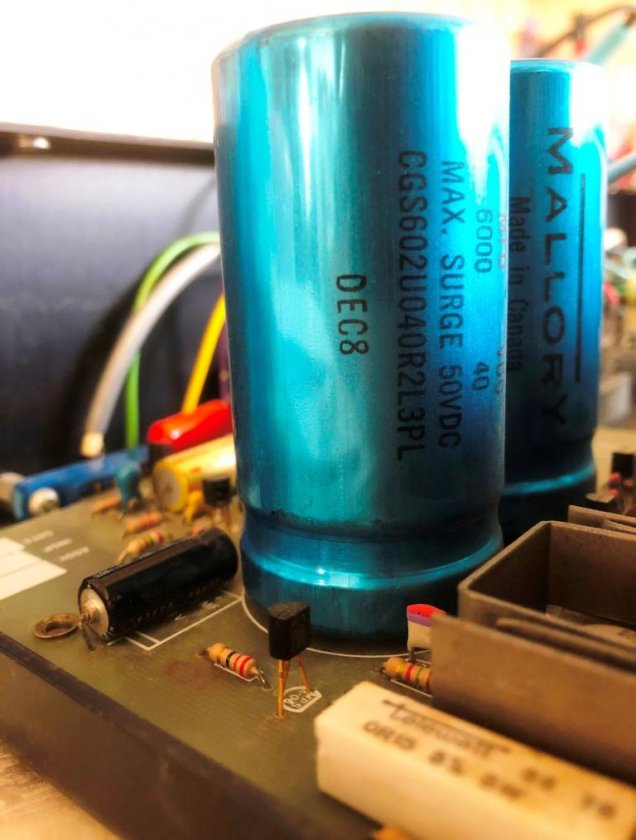
Figure 2: Original power supply capacitors, 6000 uF / 40 VDC - cartridge fuse is on circuit board's right-hand side.
Repair:* To be aware at all times of safety to equipment and yourself, when powered up both AC line voltage and +/- 37.5 VDC is present.
* The power supply capacitors I replaced with new Kemet ALS80A 103 DB 063, a plain can type that readily installs on the 2B circuit board, with added benefit of higher rating 10,000 uF / 63V, 105 Deg C.
* Please take care when ordering capacitor replacements. The Kemet ALS8
1A series have a threaded mounting stud (which is not needed), that makes for a longer overall length and may not fit within the 2B chassis - which I found out the hard way. Whereas the Kemet ALS8
0A series being a shorter length plain can type, even with a higher capacitance rating fits nicely within the dimensions of the 2B chassis (Fig. 3).
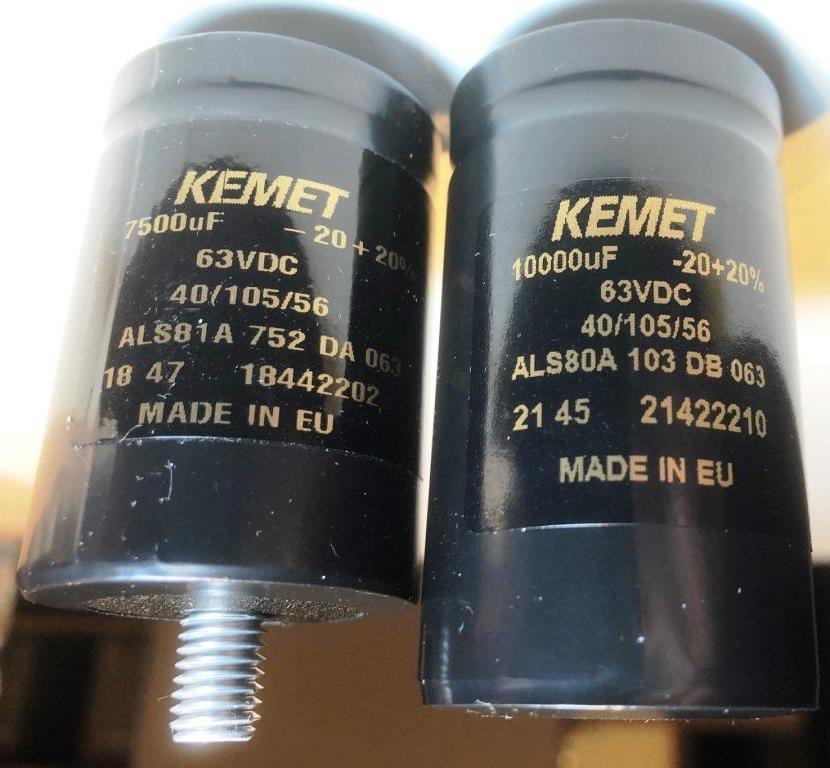
Figure 3: ALS81A 7500uF with threaded mounting stud (left), ALS80A 10000uF plain can type (right).
* The three smaller electrolytic and two tantalum capacitors on each circuit board were tested and all within specification and functional, but as a precaution replaced them with higher grade new.
* Left channel power transistor 2N3773 replaced with higher rated MJ15024. Power transistor 2N6609 replaced with higher rated MJ15025. Renewed the TO-3 size mica insulators and silicon insulating grease.
* Replaced glass cartridge fuse with a standard 3A / 30 mm type.
* The original 10K bias potentiometer was an open-face type (Fig. 2) and although still working had captured some dust over the years, as precaution replaced with closed type potentiometer of same rating 10K (Fig 4).
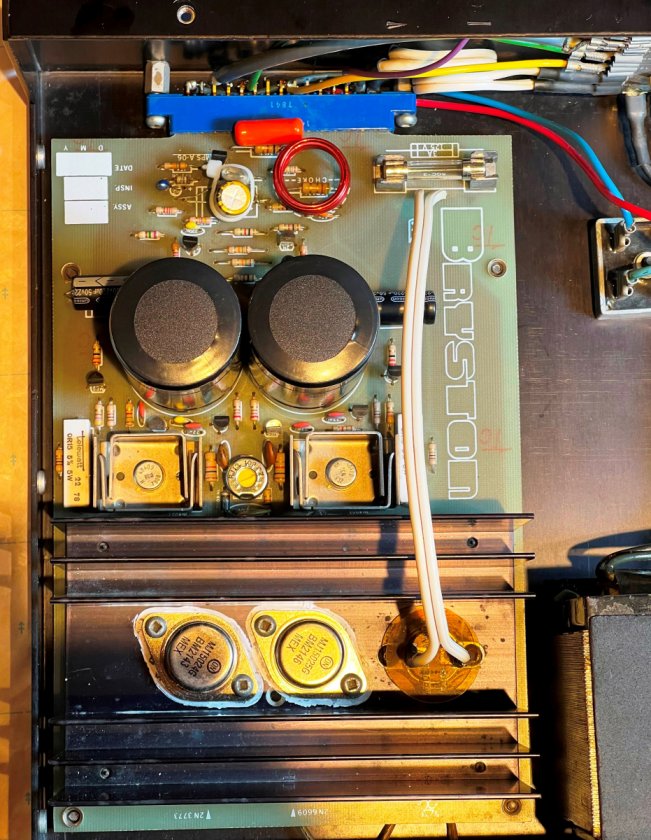
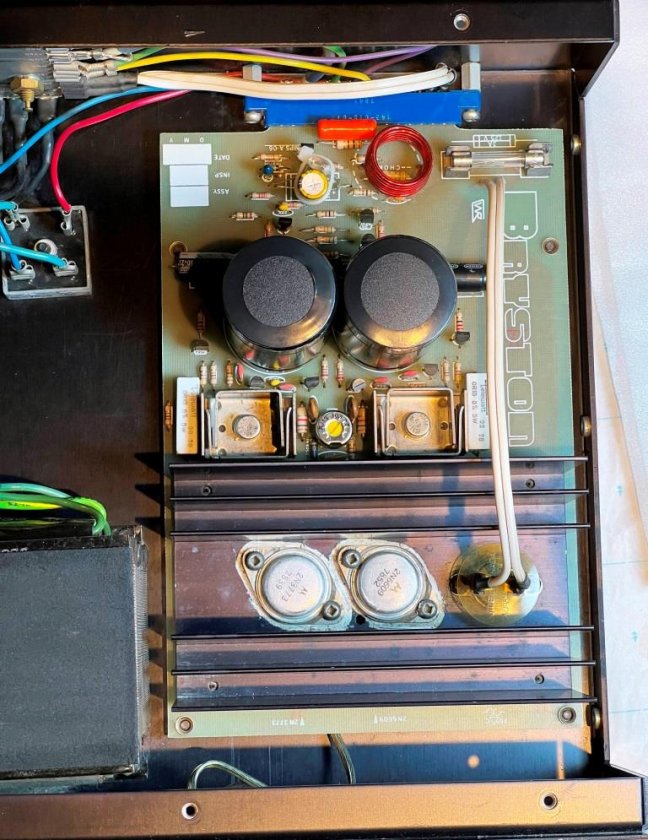
Figure 4: Left and right channel boards with closed type bias potentiometers installed.
* Except for the power transistors, all component replacements were repeated for the right channel.
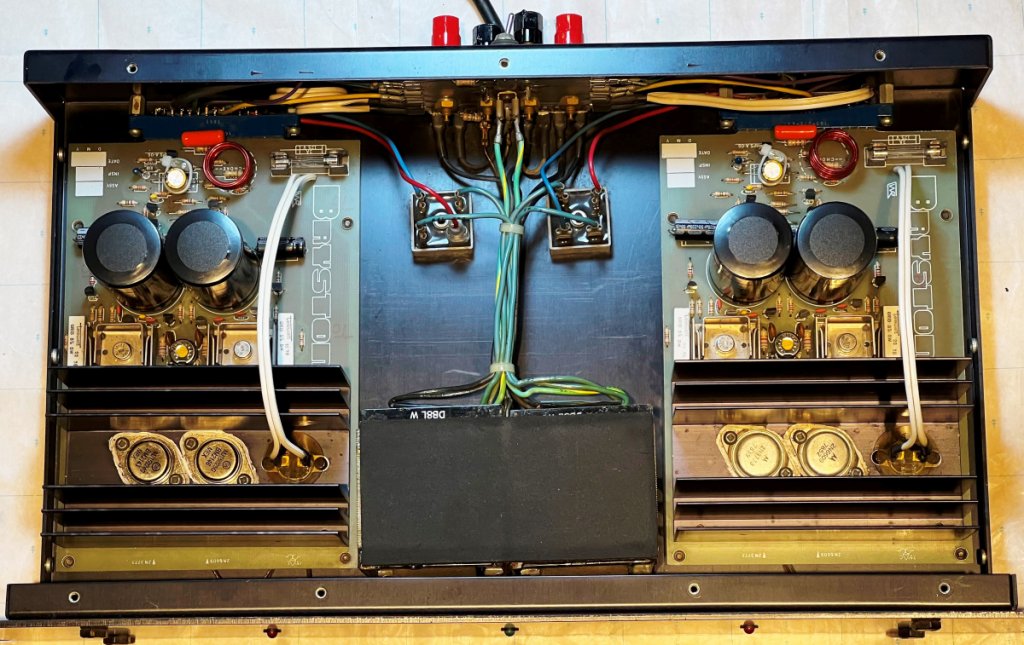
Figure 5: Internal view after repairs completed - new MJ15024/MJ15025 power transistors on left channel heatsink.
Measurements after repairs:* Whenever replacing the bias potentiometer and/or the power transistors it requires a resetting of the bias current. The instructions for setting the bias level are well documented in Bryston's 2B Technical Data sheet "Burn-in Procedure".
* Ensure the AC supply voltage is stable before performing this measurement.
* With the amplifier fully warmed up after a few hours operating, I set both channel's bias values to between 9 ~ 10 mV, measured between the V+ red terminal of the bridge rectifier and the 100-ohm resistor. This setting proved to be the most stable, even when driven at the highest output power level.
* Hint, patience is required for the bias adjustment. While changing the bias potentiometer setting induces an immediate electrical change, with thermal lag it may take a few minutes for the temperature feedback sensing to fully respond. Suggest when changing the bias current setting, to do it a small step at a time, then wait for the system to stabilize and re-check the measurement. When I first set the bias, I didn't pay attention to this and as a result the amplifier became very hot after a few hours of playing music.
* As a general guideline, if you place your hand on the 2B's top panel after a few hours of playing music and it's warm to the touch, the bias current is likely okay. But if the surface is hot to the touch and/or the power supply is overloaded causing the chassis to hum then the bias current is likely running too high.
* Last check, with the analog inputs shorted to ground, the DC offset measured across the output terminals was 4mV left channel and 6 mV right channel (should be less than 50mV).
Final notes:* The reason for this writing is to share my experience repairing a Bryston 2B power amplifier. It's not an endorsement of any component supplier or to bypass factory repairs, just to share what worked for me. At time of this writing the repairs have been operating without issue for 9 months now.
* And finally, pleased to report my repaired 2B is fully operational and sounds great just like it used to!